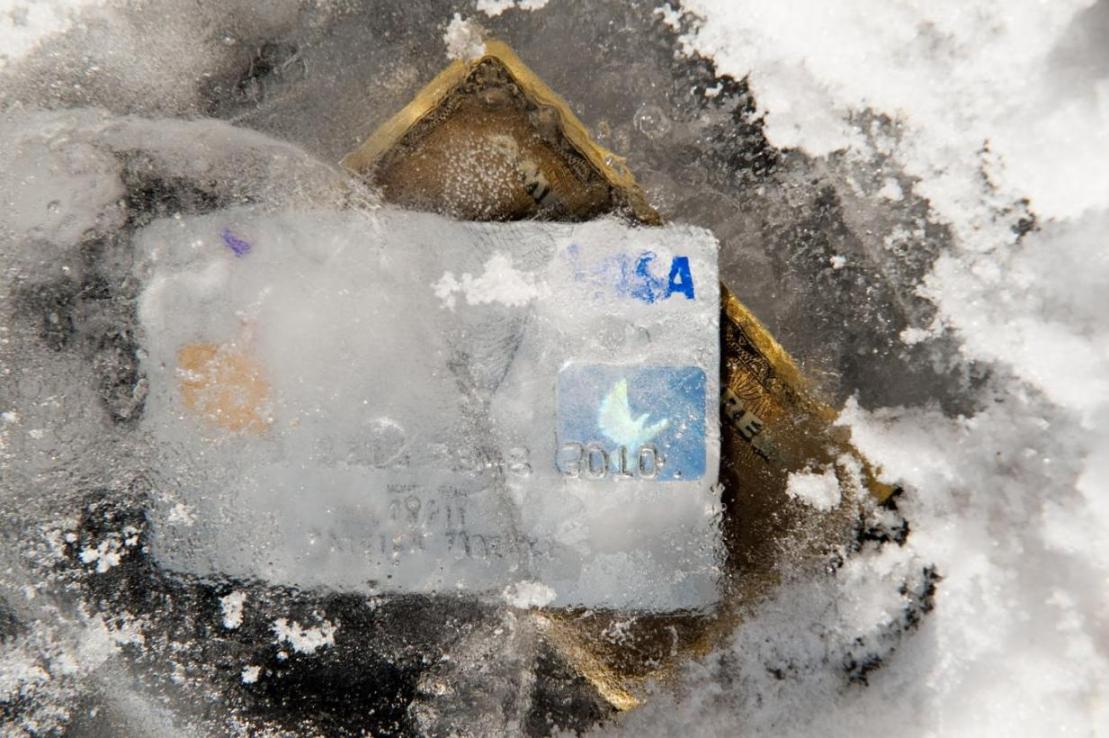Iran’s historic nuclear deal with the world powers will give Tehran access to its assets blocked for years in foreign banks due to financial sanctions imposed on the country over its nuclear program, but the debate among Iranian officials has become heated these days about the precise amount of the frozen funds.
Central bank officials estimated the amount of the blocked funds at $100 billion. However, unofficial reports are suggesting that the figure could reach up to $150 billion.
Prior to the nuclear agreement, the government’s spokesperson, Mohammad Baqer Nobakht, noted that the deal would end up in freeing $100 billion in Iran’s frozen assets, an announcement later confirmed by Central Bank Governor Valiollah Seif and Economy Minister Ali Tayyebnia.
Barack Obama, the US president, however, has announced a different figure—$150 billion. Among the Iranian officials who believe Tehran has more funds than officially announced is the chairman of Parliament Budget and Planning Commission, Gholamreza Mesbahi Moqaddam, who has estimated the assets at $130 billion.
Critics of the central bank argue that the bank resists unveiling the true figure of the frozen funds because it wants to avoid the possible inflow of billions of dollars into the Iranian market, an event that could lead to high inflation rate again.
Gholamali Kamyab, central bank’s vice governor for foreign exchange affairs, blames unaware officials for commenting on the issue, saying the central bank is “the only entity in charge of releasing such statistics.”
“We should initially make distinction between the assets owned by the central bank and the government, as well as between blocked and accessible assets,” Eghtesad News website quoted him as saying on Thursday.
He explained that there is also a technical difference between foreign assets and foreign-exchange reserves. “Foreign asset is the value of assets that a country owns abroad, but forex reserves are assets held by the central bank or the monetary authority in various reserve currencies, mostly the US dollar.”
Kamyab said the removal of sanctions against Iran would release $23 billion of international reserves as well as $6 billion of oil incomes.
“The former belongs to the central bank and the latter to the government,” he said. “Therefore, the amount of accessible released funds would be $29 billion in total.”
He added that Iran has $22.4 billion in savings in Chinese banks to be used as collateral to finance nearly 60 development projects through Chinese contractors.
“Iran has also deposited $24.5 billion abroad to finance petrochemical projects on behalf of Oil Ministry’s subsidiary companies. Around $10 billion in deposits are also held in Iranian banks, which were previously spent on construction projects, and $3.7 billion worth of bonds have also been blocked by courts,” he added.
Kamyab further said that as Iran’s total forex reserves are not in the US dollar, the dollar’s appreciation against other currency has resulted in devaluation of Iran’s reserves held in other currencies. Last year, the US dollar appreciated 18% against euro, 22% against Japanese yen, 1% against South Korean won, 5% against Indian rupee and 1.4% against Chinese yuan.


